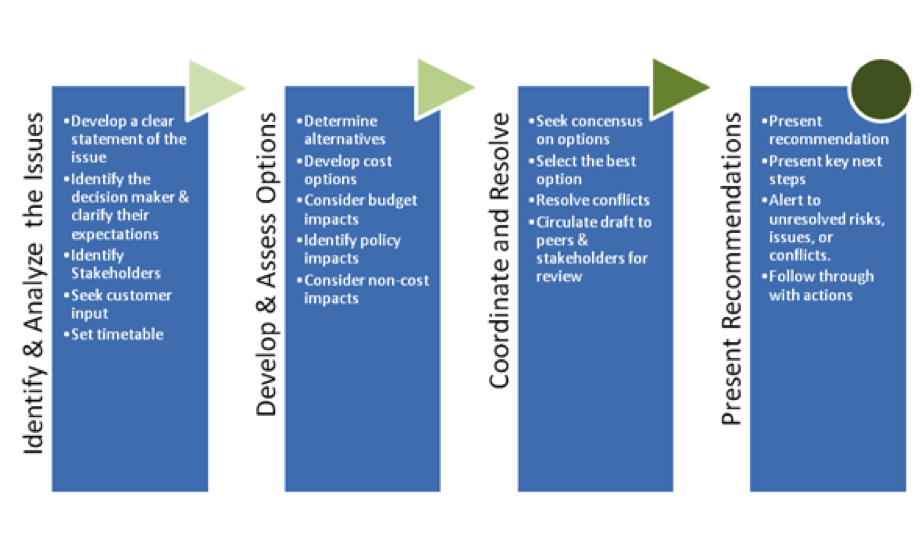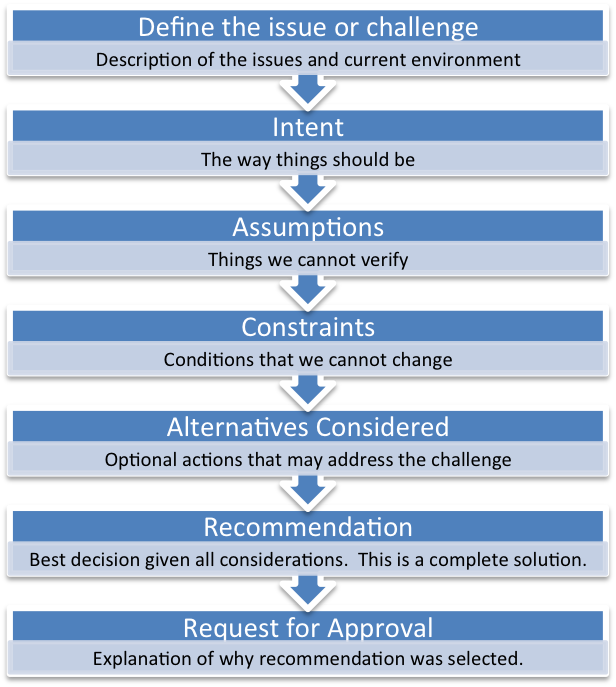Five Tips for a Successful Transition to Self-Managed Teams
by Danielle N. Paula, Technical Assent consultant
Part Three of a three-part series
With 80% of Fortune 1000 companies reportedly now using self-managed teams in an Agile environment, you may be thinking that the traditional top-down, command-and-control organizational hierarchies may become extinct – and with good reason. There are several advantages to employing self-managed teams in an Agile environment over the traditional hierarchy structure including increased employee satisfaction, lower overhead costs, and increased stakeholder buy-in.
While you may have read previous articles about organizations successfully employing self-managed teams, it’s important to note that their success doesn’t happen overnight. There are several hurdles that can stand in your way, not only in making the transition, but also in ensuring that teams are successful once the transition is made. To be successful, you need to be willing to lay the proper foundation and be ready to actively engage throughout the transition and after. Whether you are just starting the transition or are already part of a self-managed team, here are five tips to help set your teams up for success.
1. Make Sure You Are Reorganizing for the Right Reasons
It’s not an uncommon occurrence for a CEO to determine that the company needs to reorganize into self-managed teams without understanding the real motivations behind it. There are lots of studies, anecdotes, and statistics which promote the benefits of self-managed teams like faster time to market, increased profits, and lower overhead. While this may be true, leaders need to set realistic, measurable goals before engaging in a reorganization. You’ll also need to make sure you revisit and reassess these goals often to ensure your teams are always properly aligned.
2. Communicate Early and Often
Ensure that management is involved from the get go. Start talking about the transition and take steps to set expectations. Leave yourself time between announcing the shift to its actual implementation. This will open the door to employee questions and answers, which greatly eases uncertainty (especially among managers who may find themselves taking on different roles in this new structure). If you’ve already made the transition, commit to regular open communication with employees including timely updates of the organization’s goals and visions. It’s extremely important for employees to understand organizational and project goals, as well as the context around it. Create an open-door policy with leaders so that employees can ask clarifying questions and share any frustrations related to working in a self-managed team. This will not only let employees create better work products but also let them know that it is natural to have growing pains. The open communication can also facilitate opportunities for improvements.
3. Hire a Professional Agile Re-Org Consultant
If you have never been through an organizational transition or feel the need for expert advice to ease the transition, hiring an expert can be invaluable.. It’s inherently natural for employees to fear change. Professional Agile consultants are used to creating and working with self-managed teams. They can help show you and your employees that change isn’t so scary. A consultant can meet with leaders to delve into the “why” and “how” behind the move to self-managed teams. They’ll also be able to facilitate group exercises, focus groups, Q&A sessions, and help draft communications providing a path forward that works for your organization.
4. Use 360-Degree Feedback to Garner Employee Buy-In
Engage all employees in the reorganization process by holding focus groups or discussion panels to help influence the way the teams are created. Also solicit feedback from employees about what they like about their current positions. Ask if it make sense for the teams to be project based, goal based, or even functionally based. Evaluate if there are areas in the organization that lack expertise or support and build them up with the reorganization process. Encourage team members to provide open and honest, constructive feedback to their team members regularly to improve collaboration and work products. Gathering input from employees shows that they are valuable assets to the organization.
Engaging employees in the reorganization process and trusting them to make decisions that would directly impact the organization, communicates that they are valued by the organization. When employees feel valued, they will reciprocate by contributing more to the organization (ex., best work and ideas).
Opower, which I talked about in <Part Two> of this series, used this 360-Degree Feedback approach in a team self-selection process. Originally, they assumed that each team would be assigned one front-end and one back-end developer to carry out the work. When they initially had issues getting the right number of people with the right skills on each team, they asked employees for feedback. Specifically, they asked: “Why did you choose the team you’re on now?” Through this approach, they found that their developers were more interested in growing their knowledge set and learning full-stack development instead of sticking with just front-end or just back-end development. This feedback provided much needed insight into why employees picked their team which ultimately helped further structure the projects teams to meet both the employee and company goals. Furthermore, it increased the employees’ overall satisfaction with the process and the team they ended up with.
5. Educate Employees on Self-Management
There is often a transition period where employees will doubt that they are truly not reporting to a manager and are responsible for their own work. Some employees may have difficulty transitioning from a task-directed environment to the self-managed environment. This applies to all employees no matter their seniority or position within the company. Managers may find themselves in a new role where they are no longer micro-managing the employees and must learn to give up control and trust that they hired smart, talented people to carry out the job that will provide the intended results. Previously task-directed employees will need to now work within a team to define what and how work is done to meet the company goals and objectives. They will also need to make sure they can manage their work priorities on their own without a manager specifically laying it out for them.
Consider holding training sessions with employees to teach them self-managed work best practices. This will give them the power of knowledge and necessary tools to be successful in the new self-managed structure.
Conclusion
Remember that change is not easy and successful self-managed teams are not created overnight. It will take hard work, dedication, and a lot of time to even implement a change let alone ensure it runs efficiently and effectively. Though it can be time consuming, if done correctly, your organization can get back that time and more due to the benefits of self-managed teams like increased efficiency, higher employee satisfaction, and better quality work products. Also know that while you may have some bumps, you are joining many other organizations that have already made the transition and found it greatly successful for not only the organization, but also their employees, and customers.
This article is Part Three of a three-part series.
Part One: Do We Really Need Managers? Making the Case for Self-Managed Teams
Part Two: Are Self-Managed Teams Right for Your Organization?










